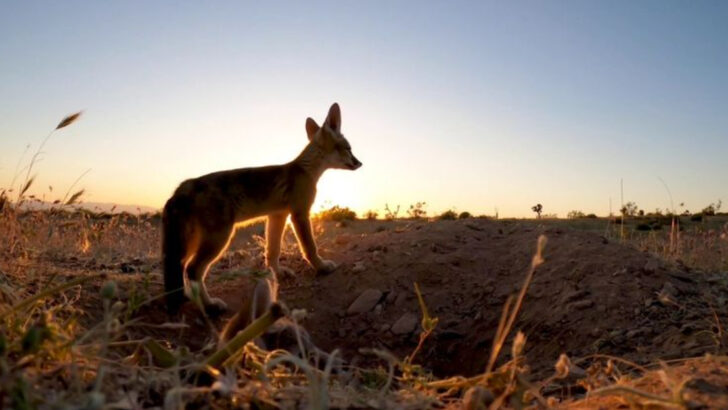Foxes aren’t just sly—they’re survival artists scattered across every corner of the world. From the ice-covered Arctic to the blazing sands of the Sahara, these clever creatures have adapted to some of the planet’s harshest and most unexpected places. Some are tiny and wide-eared. Others are thick-furred and snow-colored. But all of them are uniquely built for the habitats they call home. Let’s meet 12 remarkable fox species, each with its own tricks, quirks, and wild neighborhood.
Red Fox (Vulpes vulpes)
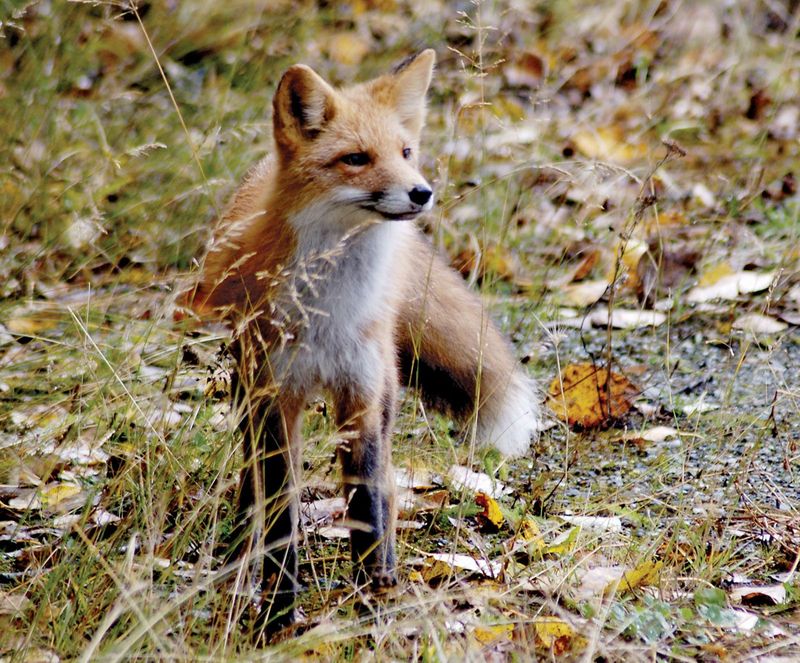
Recognized by its striking orange-red fur, the Red Fox is a master of adaptability. Thriving in forests, grasslands, mountains, deserts, and urban settings, it has become the most widespread fox species on Earth.
From North America and Europe to Asia and North Africa, this cunning creature has made its mark. Its ability to adjust to a variety of environments is unmatched.
Did you know? The Red Fox uses its bushy tail for balance and as a warm cover in cold weather.
Arctic Fox (Vulpes lagopus)
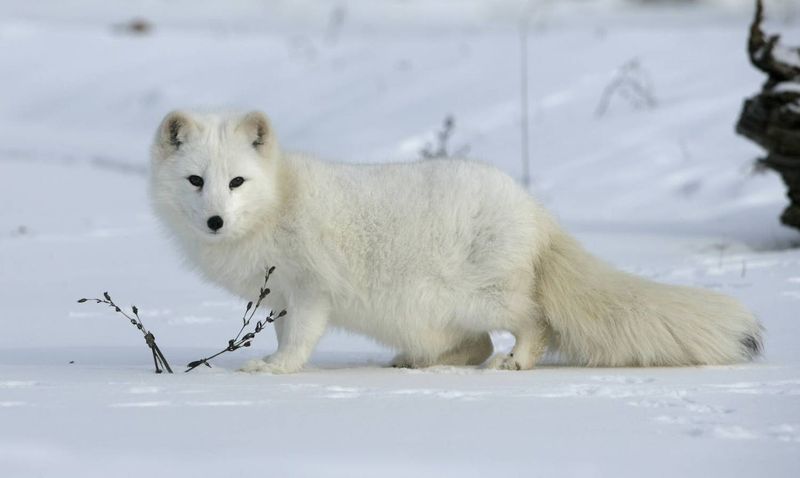
Braving the extreme cold, the Arctic Fox is a testament to nature’s resilience. With its thick, white winter coat, it seamlessly blends into the snowy Arctic tundra.
This small but mighty fox can be found in Greenland, Iceland, Canada, Alaska, and Russia, surviving where few others can. Its rounded body shape minimizes heat loss, a perfect adaptation to its frigid environment.
Fun Fact: The Arctic Fox’s coat changes color with the seasons, turning brown in the summer.
Fennec Fox (Vulpes zerda)
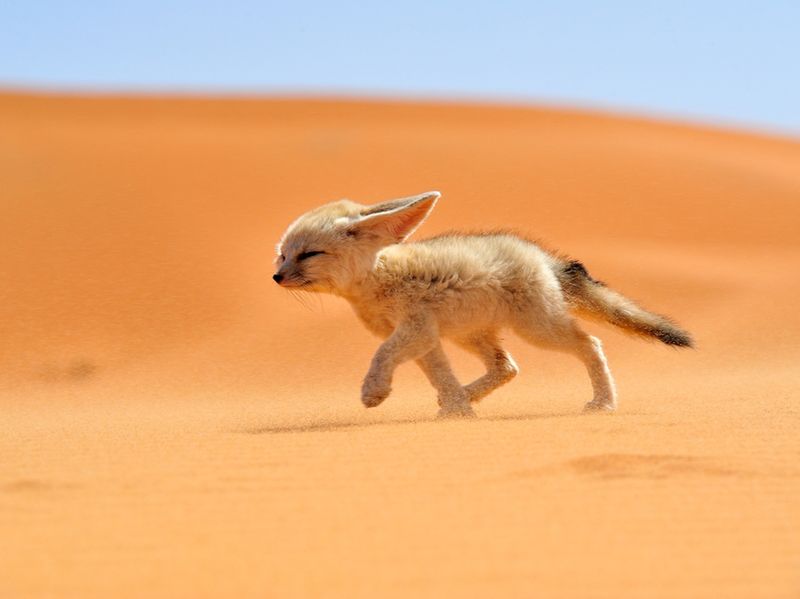
With ears larger than life, the Fennec Fox is an icon of the Sahara Desert. These oversized ears help dissipate heat and locate prey beneath the sand.
Living in the arid regions of North Africa, Fennec Foxes have adapted to the harsh desert climate, with nocturnal habits to escape the heat.
Quirk: Their footpads are covered with fur, providing protection against the hot desert sand.
Gray Fox (Urocyon cinereoargenteus)

A natural acrobat, the Gray Fox is one of the few canine species capable of climbing trees. Found primarily in forests and woodlands, it ranges across North and Central America.
The Gray Fox’s coat is a beautiful blend of gray, red, and white, perfectly camouflaging it in the underbrush.
Intriguing Fact: Despite its name, the Gray Fox is not entirely gray; it has a distinct reddish hue along its neck and legs.
Kit Fox (Vulpes macrotis)
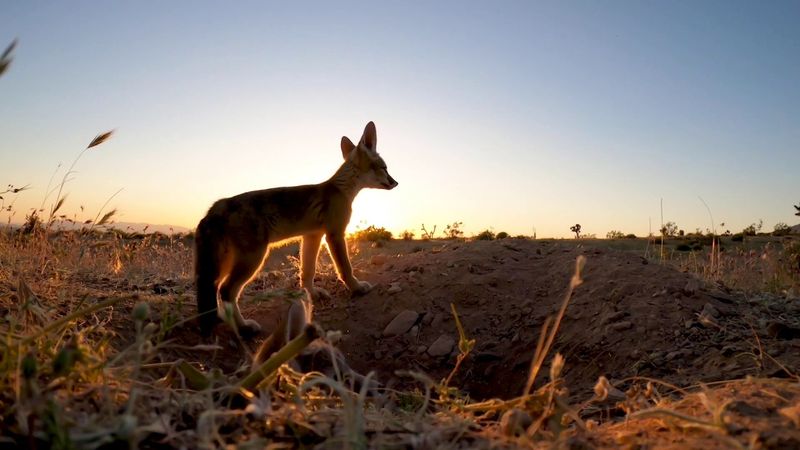
Small and swift, the Kit Fox is finely tuned for desert life. Inhabiting the arid regions of the southwestern United States and northern Mexico, it is well-adapted to hot, dry environments.
Its large ears serve a dual purpose—cooling and acute hearing. The Kit Fox is often seen at dusk, avoiding the heat of the day.
Note: This fox has a distinct, bushy tail with a black tip, adding to its charming appearance.
Swift Fox (Vulpes velox)

Light on its feet, the Swift Fox is a true prairie dweller. Preferring the open grasslands of the Great Plains, it makes its home in the U.S. and Canada.
Its agile nature allows it to evade predators and swiftly hunt for small prey. The Swift Fox’s coat blends beautifully with the grasses of its habitat.
Curiosity: The Swift Fox often uses abandoned burrows of other animals, a testament to its resourcefulness.
Bat-Eared Fox (Otocyon megalotis)
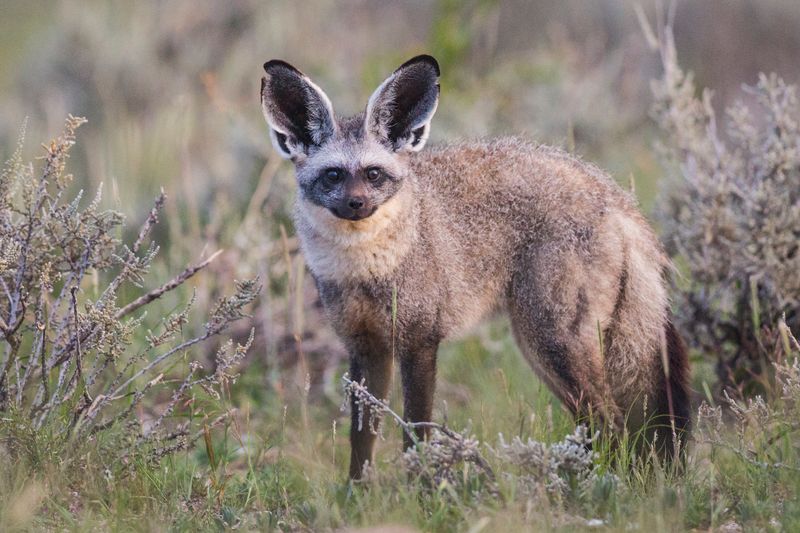
With ears like satellite dishes, the Bat-Eared Fox is an insectivore extraordinaire, relying heavily on termites for its diet. Found in the East and southern African savannas, its keen hearing is unmatched.
These foxes use their large ears to locate insects underground, making them efficient hunters. Their social behavior is also notable, often seen in pairs or small family groups.
Trivia: The Bat-Eared Fox’s ears help regulate its body temperature in the hot savanna climate.
Corsac Fox (Vulpes corsac)
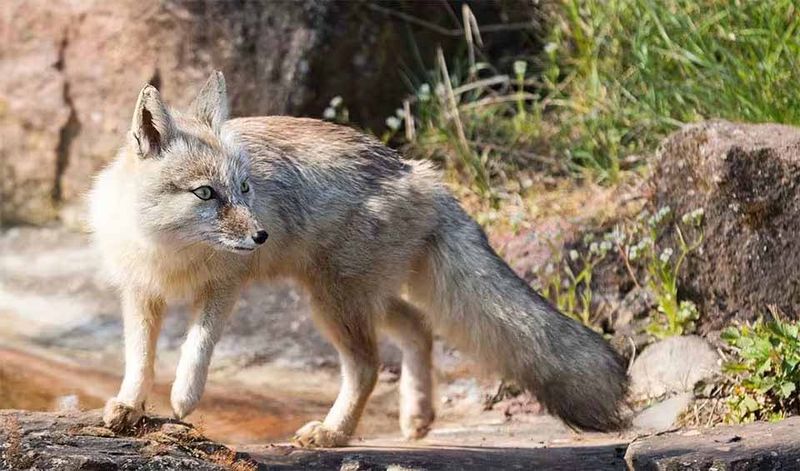
Social and adaptable, the Corsac Fox thrives on the steppes, deserts, and semi-arid plains of Mongolia, Kazakhstan, and China. It is known for its ability to form small groups, particularly during harsh winters.
The Corsac Fox’s coat is a blend of grays and yellows, providing camouflage against the dry grasslands. It is an agile and resourceful hunter.
Did you know? The Corsac Fox can go days without water, obtaining moisture from its food.
Tibetan Sand Fox (Vulpes ferrilata)

Distinguished by its square-shaped head, the Tibetan Sand Fox roams the high-altitude steppes and grasslands of the Tibetan Plateau. Its unique appearance is matched by its specialized hunting skills.
Living in one of the most challenging environments, it preys on small mammals, often in pairs or family units. Its dense fur provides warmth against the cold winds.
Fun Fact: The Tibetan Sand Fox is often seen in partnership with the brown bear, both hunting for the same prey.
Bengal Fox (Vulpes bengalensis)
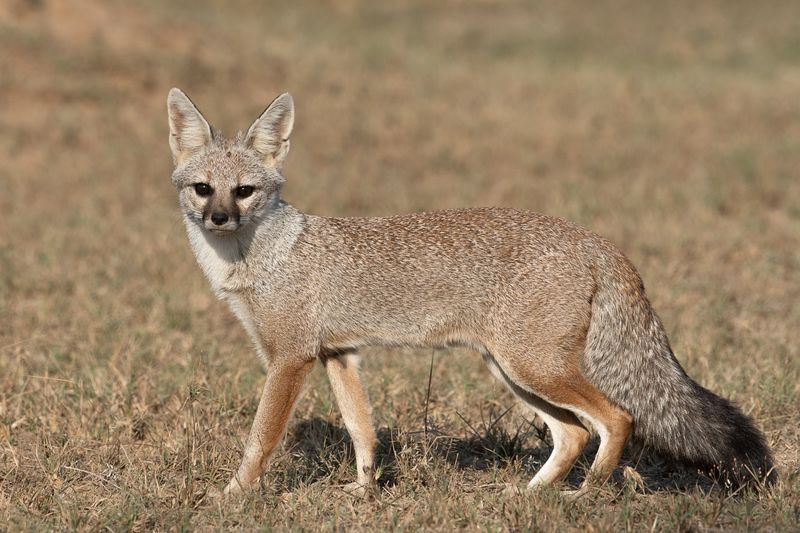
With a curious nature, the Bengal Fox is a common sight in the grasslands, scrub, and semi-desert areas of the Indian subcontinent. Its bushy tail and keen senses make it an adept hunter.
These foxes are often seen in pairs, foraging in the early morning or late evening. Their social behavior is a key to their survival.
Intricate: The Bengal Fox communicates with a variety of vocalizations and body signals, showcasing its complex social structure.
Pale Fox (Vulpes pallida)
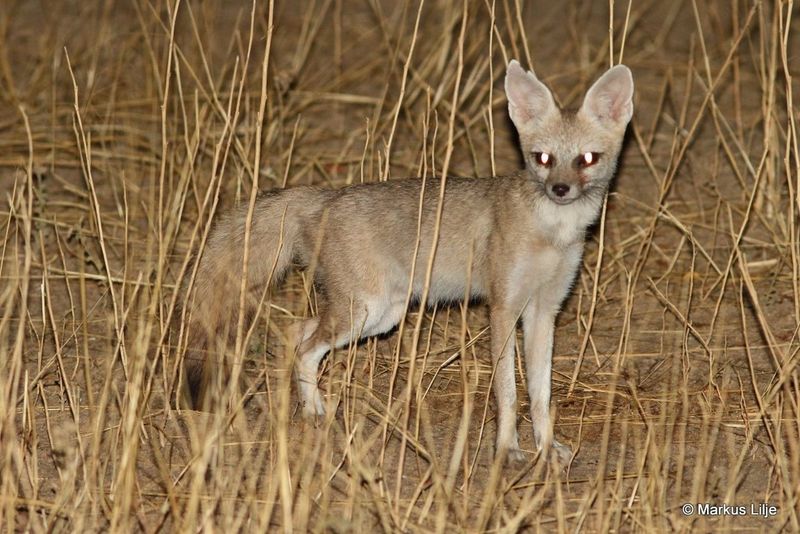
Nocturnal and elusive, the Pale Fox is well-adapted to the Sahel region’s hot, dry savannas, just south of the Sahara.
Its pale fur provides excellent camouflage in the moonlit landscape, making it a ghostly presence in the night. The Pale Fox’s diet consists of fruits, insects, and small mammals.
Remark: They are known for their digging ability, creating extensive burrows to escape the daytime heat.
Rüppell’s Fox (Vulpes rueppellii)
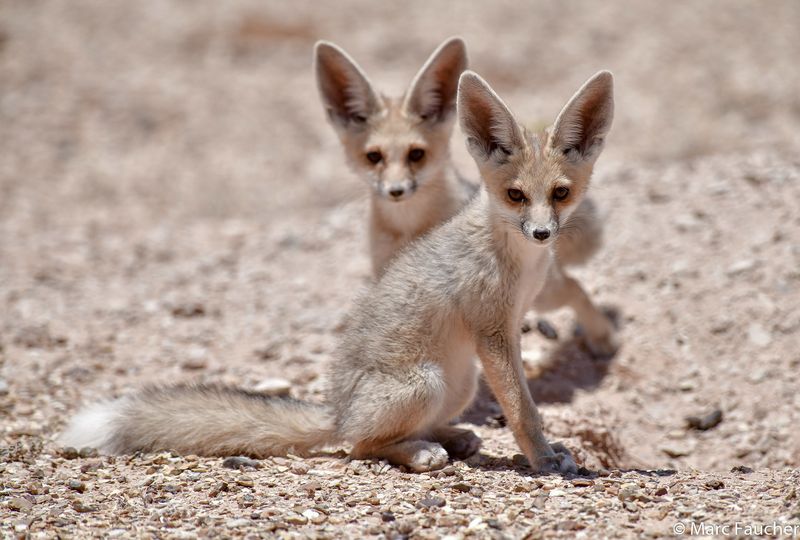
Agile and small, Rüppell’s Fox is perfectly suited for life in the deserts and rocky terrains of North Africa and the Middle East. Its large ears and keen eyes are tools for survival.
Rüppell’s Fox is often found in family groups, working together to hunt and care for their young. Their fur changes with the seasons, blending with the rocky background.
Interesting Note: Their dens are often located in rocky crevices, providing protection from predators and harsh weather.

